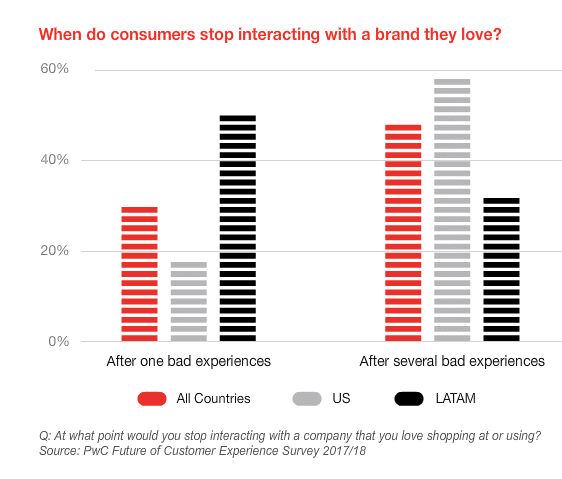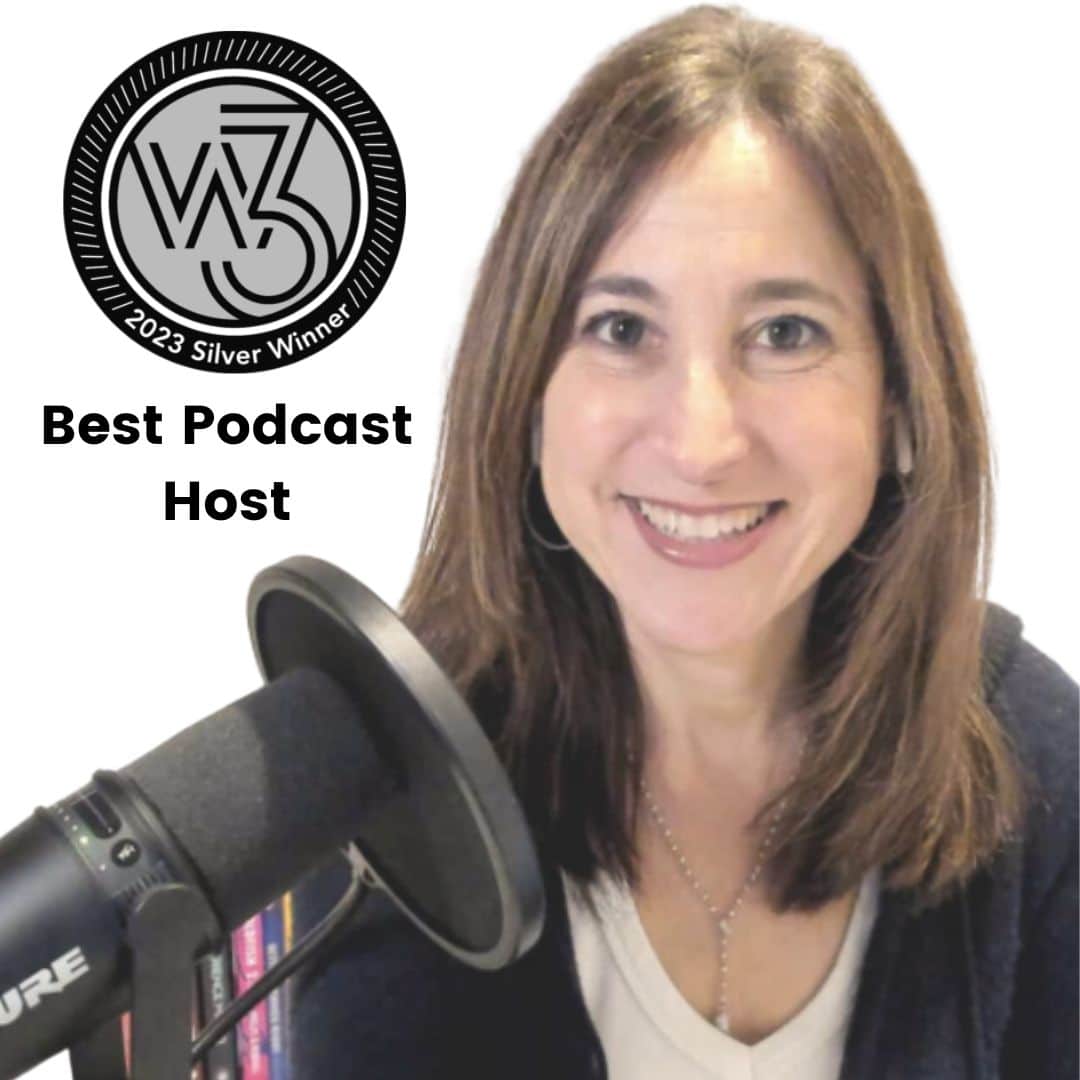Are you struggling to attract and retain listeners or guests for your podcast? Despite your best efforts, does it seem like your show isn’t gaining the traction it deserves? Don’t worry – you’re not alone. One crucial aspect of podcasting often overlooked is customer experience (CX) which refers to people’s interactions and feelings with your brand. CX can make or break your podcast’s success.
In this article, I explain the meaning of CX, why it matters for podcast hosts, and eight improvement strategies, including persona development and journey mapping that can help you understand your audience and create experiences that resonate with them for better outcomes.
Why CX Matters for Podcast Hosts
If you’re not convinced that CX matters, consider these statistics:
- 81% of companies view customer experience as a competitive differentiator.
- 77% of consumers view brands more favorably if they seek out and apply customer feedback.
- Brands that use tools like customer journey maps reduce their cost of service by 15-20%.
While these statistics are related to business, they are also relevant to podcasting.
As a podcast host, you are essentially running a brand, and the experience you provide to your listeners and guests can make or break your show’s success.
Improving CX can lead to numerous benefits for podcast hosts, such as:
- Attracting and retaining listeners: A positive CX can help you build a loyal audience who will return to your show.
- Encouraging referrals: Satisfied guests and listeners are likelier to recommend your show to others, helping to grow your audience.
- Increasing engagement: When people have a positive experience with your podcast, they are likelier to engage with your content, leave reviews, and share your episodes on social media.
- Enhancing your brand image: A strong CX can help you stand out from other podcasts and establish yourself as a leader in your niche.
8 Ways to Improve Customer Experience for Your Podcast
- Know Your Audience: To create an exceptional customer experience, you must understand who your guests are. Who are your listeners? What are their pain points and desires? What motivates them to listen to your podcast? Understanding your audience is the first step toward creating a personalized experience.
- Develop Personas: Once you understand your audience, creating personas is next. A persona is a semi-fictional representation of your ideal guest or listener. It includes demographic information, such as age, gender, and location, as well as psychographic information, such as interests, values, and beliefs. Personas help you understand your customers’ preferences and behaviors and allow you to tailor your podcast content to meet their specific needs.
- Create a Customer Journey Map: A customer journey map represents the journey your guests and listeners go through when engaging with your podcast. It includes all the touchpoints and interactions. By mapping out your customer journey, you can identify issues and opportunities for improvement and create a seamless and enjoyable experience.
- Focus on Content Quality: Your podcast’s content is the heart of the customer experience. To keep your listeners engaged and satisfied, you must deliver high-quality information that meets their expectations. This means doing thorough research, inviting interesting guests, and providing valuable insights and advice. Remember that quality is subjective, so you must know their preferences and adjust your content accordingly.
- Engage with Your Customers: This is essential for building strong relationships and creating a loyal fan base. You can engage with your customers by responding to their comments and questions, featuring their feedback and stories on your podcast, and creating opportunities for them to interact with you and other listeners. Showing customers that you care about their opinions and experiences can be a huge podcast differentiator.
- Be Consistent: Consistency is key to building customer trust and credibility. This means delivering new episodes on a regular basis, maintaining a consistent format and style, and providing a reliable and predictable experience for your customers. Consistency also includes delivering on your promises and commitments.
- Continuously Improve: Customer experience is not a one-time effort; it’s an ongoing intentional process. I can’t emphasize enough the importance of getting customer feedback, analyzing your performance, and identifying new opportunities. Listening to your customers and being open to feedback allows you to adapt and improve your podcast to meet their changing needs and expectations. Read more about how Voice of Customer (VoC) is a game changer.
- Measure Your Performance: To improve your customer experience, you must analyze and track your progress. You can use metrics like downloads, listens, engagement rate, and customer feedback to measure your podcast’s success. By setting goals and monitoring performance, you can stay focused and motivated and ensure that you deliver the best possible customer experience.
Want to Take Your Podcast To The Next Level or Launch With Success?
Need help creating your customer persona and journey map?
Check Out DoingCXRight Podcast & Videos including:
Journey Mapping Techniques To Put Customers At The Center
Stacy Sherman + Kery Bodine (Author of “Outside-In”





0 Comments